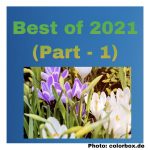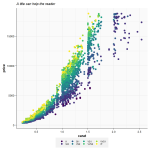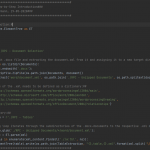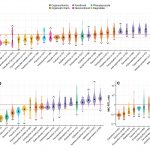In this first installment of the ‘Year in Review’ series, we would like to give our readers a glimpse of some of the best blogposts of the year 2021.
Continue readingYear in Review – Part 1



In this first installment of the ‘Year in Review’ series, we would like to give our readers a glimpse of some of the best blogposts of the year 2021.
Continue reading
Proper design of your figures is an important step towards successful science communication. In this blogpost, I want to provide you with the basics of colors and how to correctly use colors for plotting your results.
Continue reading
Creating and exporting figures in R can be tedious for beginners or intermediates. Therefore, I created a ggplot2 template for figures that follows the formatting requirements of the Science Magazine.
Continue reading
Environmental risk assessment only goes as far as data availability allows it. In this post, ecotoxicology student Larissa Herrmann shares her research project in the MAGIC working group at Uni Koblenz-Landau. She gained insight into programming in Python and R with the goal to make ecotoxicological data readily available for meta-analyses and risk assessments. Ultimately, a tool is developed that is applicable to a broad spectrum of pesticide registration reports.
Continue reading
In this post, Jakob Wolfram talks about their recently published paper “Meta-analysis of Insecticides in U.S. Surface Waters: Status and Future Implications”.
Continue reading
The MAGIC (Meta-Analysis of Global Insecticide Contamination) research team is offering a Research Project Course (RPC) on transport distances of pesticides in surface waters to students of Ecotoxicology and Environmental Sciences.